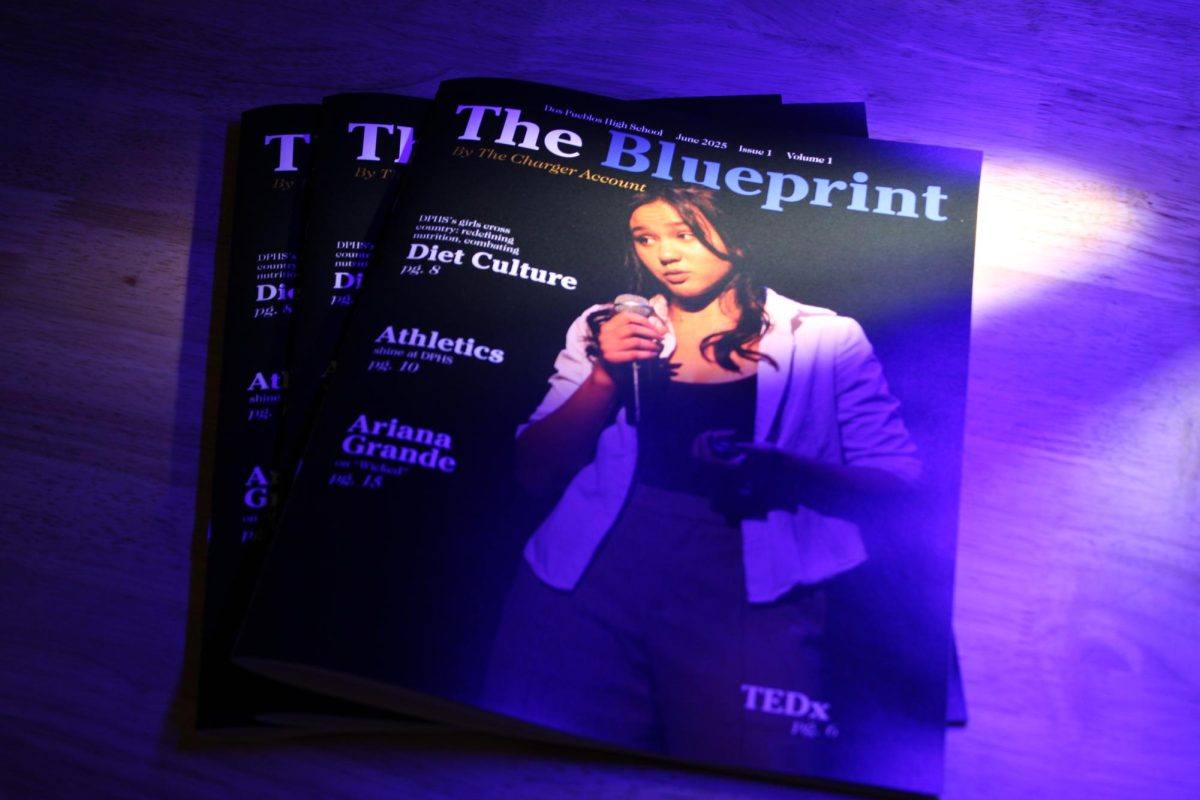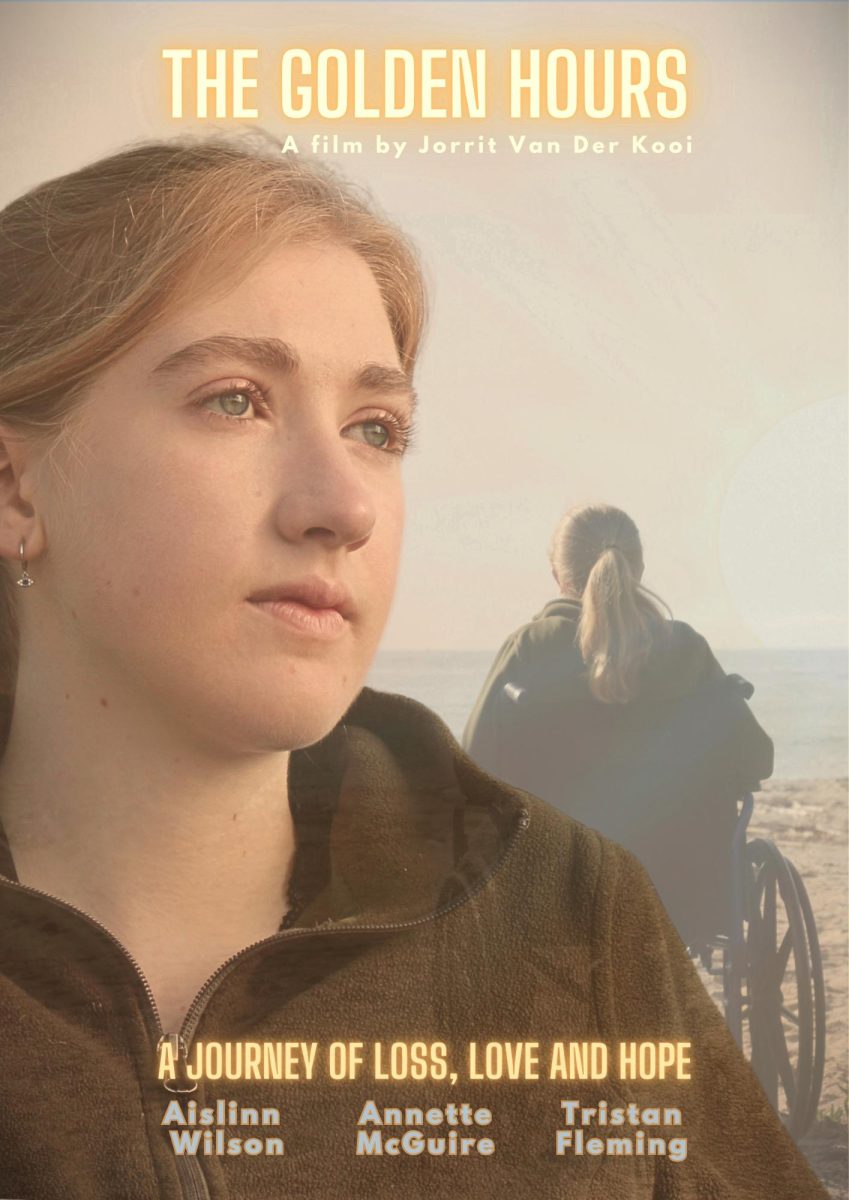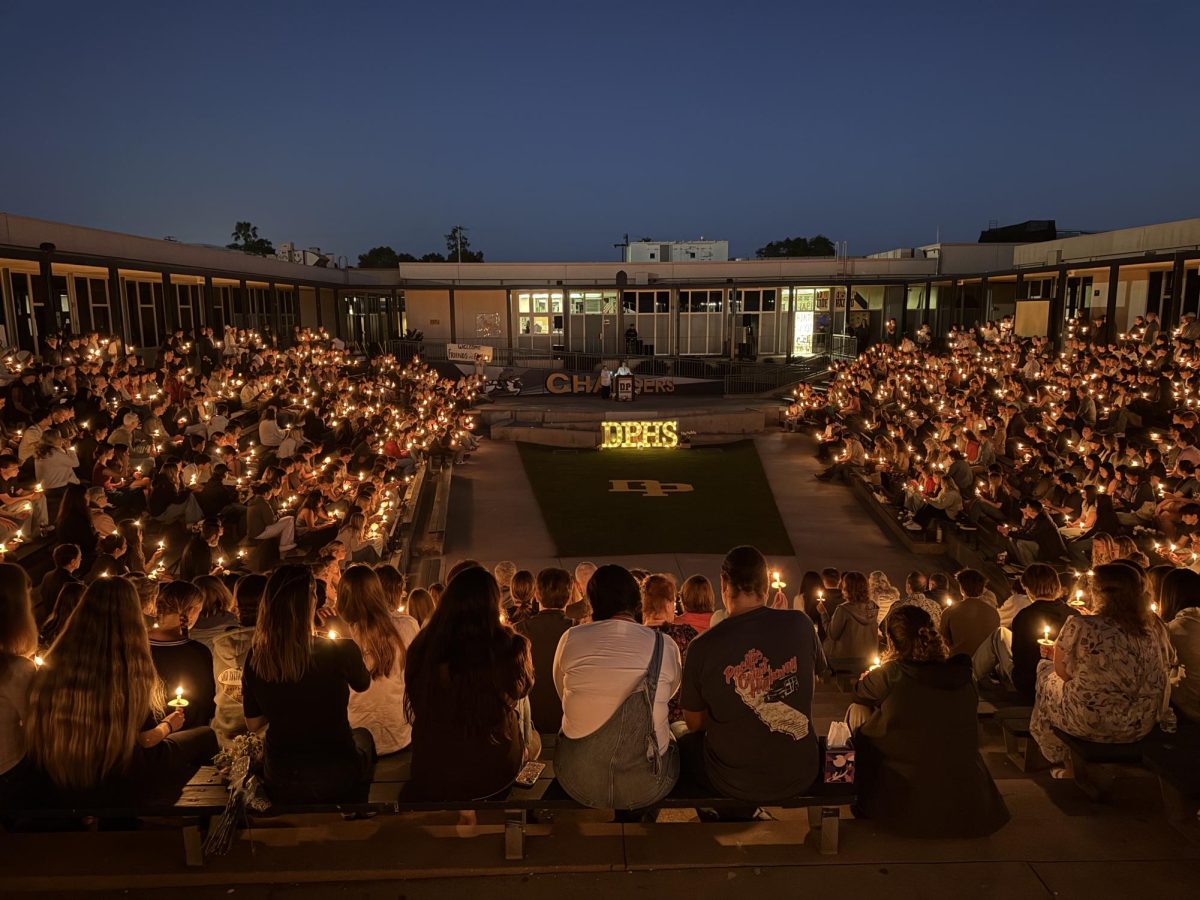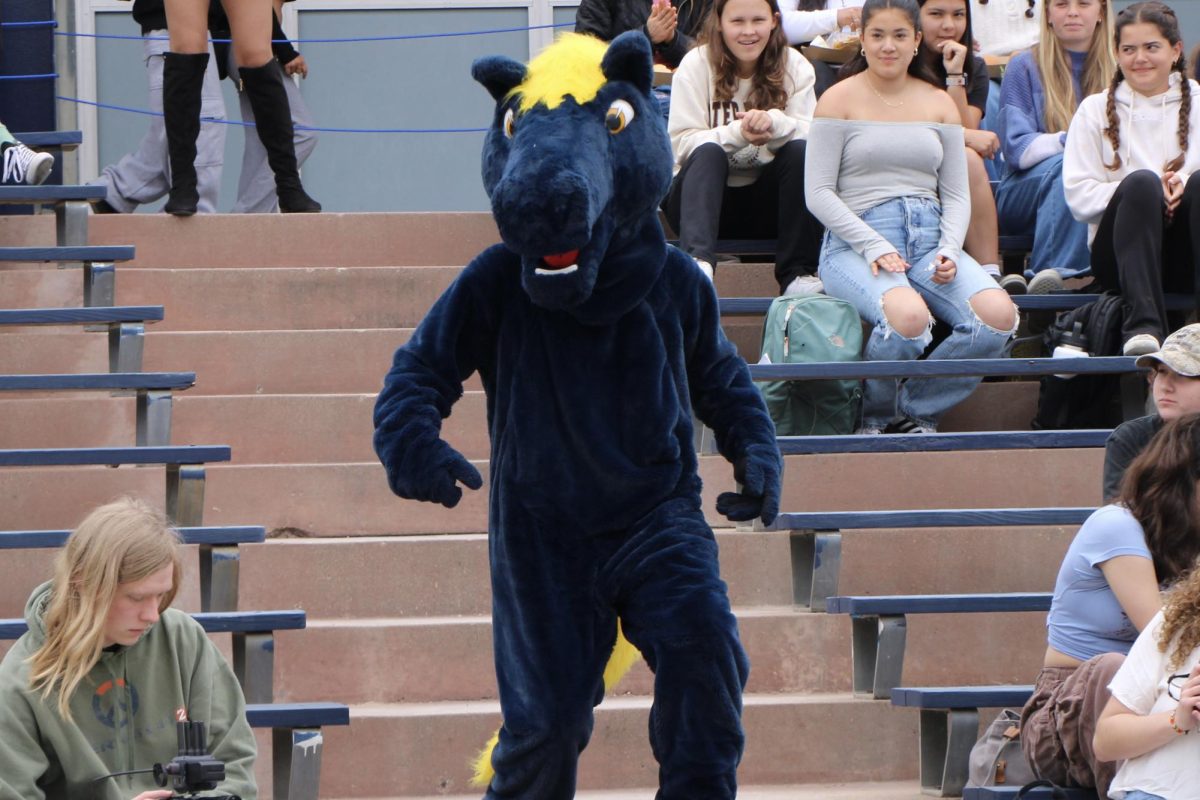The Democratic Republic of the Congo is currently witnessing a decades-long societal conflict. Starting with the Rwandan Genocide in 1994, the DRC has witnessed an ongoing humanitarian crisis revolving around the territory’s mineral-rich environment. Additionally, the domain of the DRC includes dozens of mineral mines, all operated by thousands of Congolese forced laborers.
The minerals of the Congo environment, such as gold, cobalt, uranium, and high-grade copper have been disputed ever since the colonial era of the late 19th century. These materials are used in the manufacturing of electric vehicles and the construction of nuclear weapons.
Today, there are still disputes over these resources, with several armed Congolese groups defending their mineral territories, while also gaining economic support from larger countries like the United States and China.
With the emergence of at least one hundred individual rebel groups fighting against each other, the crisis in the Congo has only grown more harmful to civilians.
“As of October, 2023] a record six million people have been displaced,” said The UN Refugee Agency. “Since 1996, approximately six million people have died, making this one of the deadliest conflicts in history.”
Recently, this conflict has evolved, with rebel armed forces fighting against the Congolese army. This conflict has forced thousands of civilians out of their homes within the past few weeks, where many have been killed and displaced to other African countries since January.
Some established rebel groups in Congo are funded by neighboring African countries with the purpose of gaining control of more land. One of these groups is the M23, which is made up primarily of ethnic Tutsis. Recently, they have remained a force within the territory and took over local villages.
“M23 resurfaces in 2022 with violent attacks and has seized at least four towns in North Kivu,” said an article on the Aljazeera website. “The [Democratic Republic of Congo] accuses Rwanda of funding M23. A 2023 UN Group of Experts report also found that Kigali finances the group.”
The M23 is an armed rebel militia that formed around the year 2012, made up for the most part by the ethnic Tutsi group of the Congo. Beginning in the early 2010s, several peace agreements were made with the rebel groups, and the Congo military was meant to see that their combat operations stop by having more soldiers integrated into the army.
The latest peace agreement was in June 2022 with the Nairobi Peace Process, an initiative established meant to resolve the conflict in the DRC. However, the M23 group violated the ceasefire and continued to fight, saying that they were fighting for the Tutsi peoples’ rights in the DRC.
The ethnic Tutsis of North-Eastern Congo are a race of people who faced major demographic changes at the hands of Congolese organizations during the events of the Rwandan Genocide, and have been fighting over a decade to retaliate against the groups who harm their people.
More so, a weak government combined with the armed conflict is responsible for millions of Congolese inhabitants involved in coerced labor, with a majority of people working in the Congo cobalt mines.
Cobalt is found to be a toxic mineral, with prolonged exposure being found lethal, adding to the fact that the Congolese people working in the cobalt mines are constantly exposed to it.
“People are working in subhuman, grinding, degrading conditions,” said NPR. “The water has been contaminated with toxic effluents from the mining processing. Cobalt is toxic to touch and breathe — and there are hundreds of thousands of poor Congolese people touching and breathing it day in and day out.”
As for future conflict resolution, officials of neighboring countries are saying that any sort of resolve to these conflicts lies in the hands of the DRC’s political representatives. Some Congolese authorities have recently agreed that in order to mitigate the conflict, the country’s leaders will have to come up with new solutions, along with improving upon their previous attempts to regain control.
“We cannot repeat the same wrong prescription repeatedly, expecting a different outcome,” said Rwandan representative Ernest Rwamucyo. “The international community must avoid being bystanders in the face of genocide unfolding against the Congolese Tutsi community … and do so before it’s too late.”








